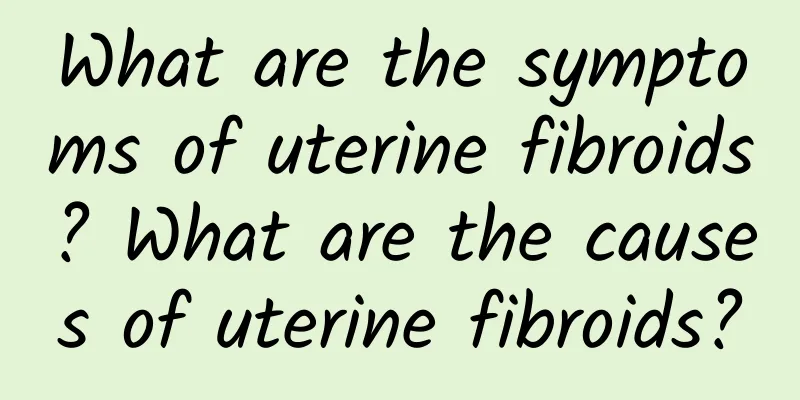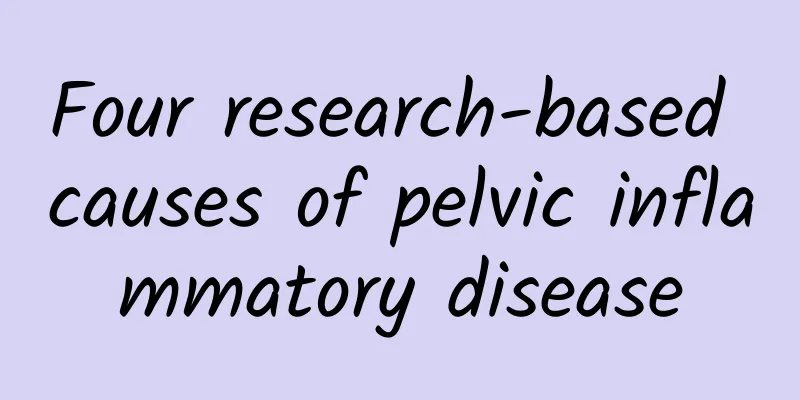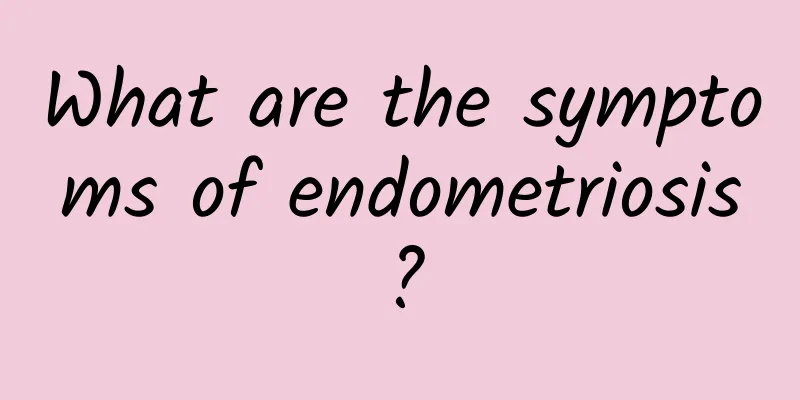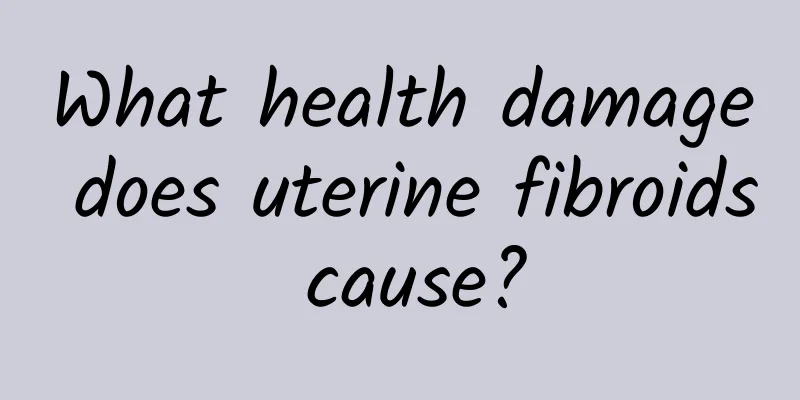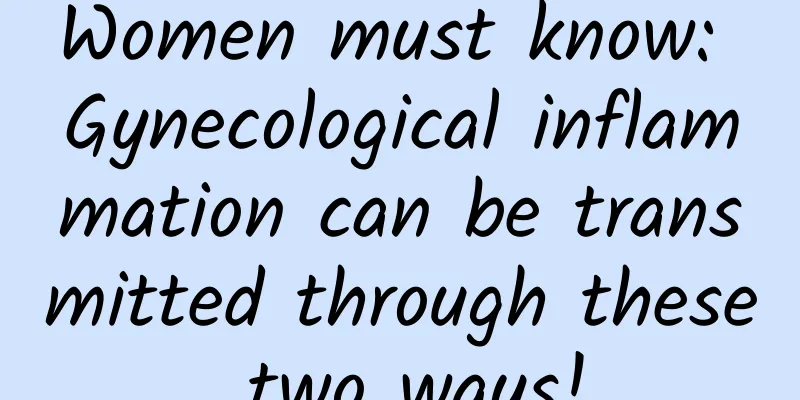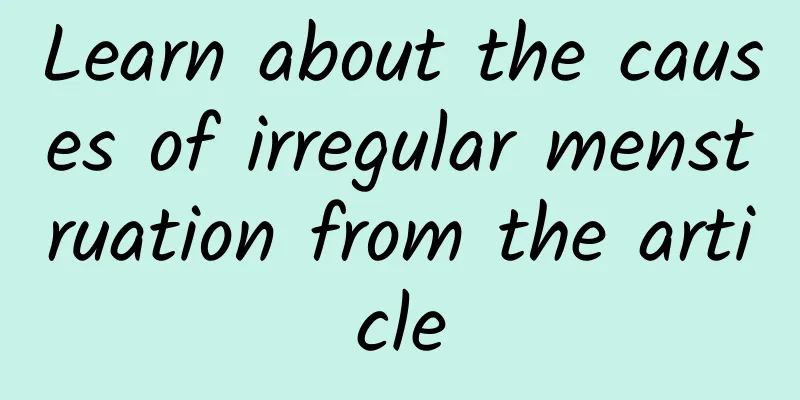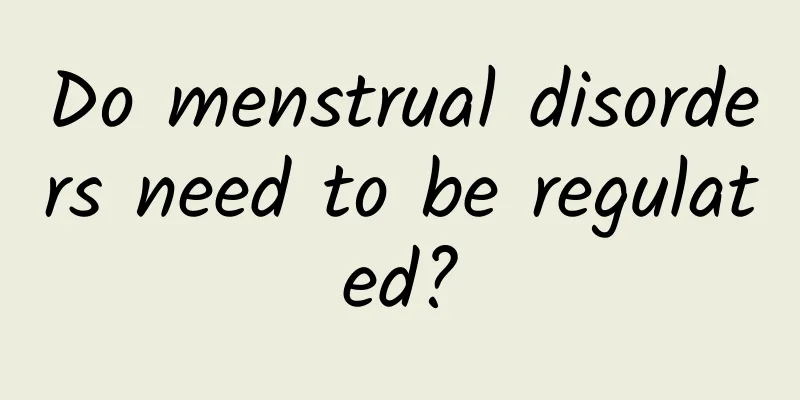What are the symptoms of left ovarian cyst?
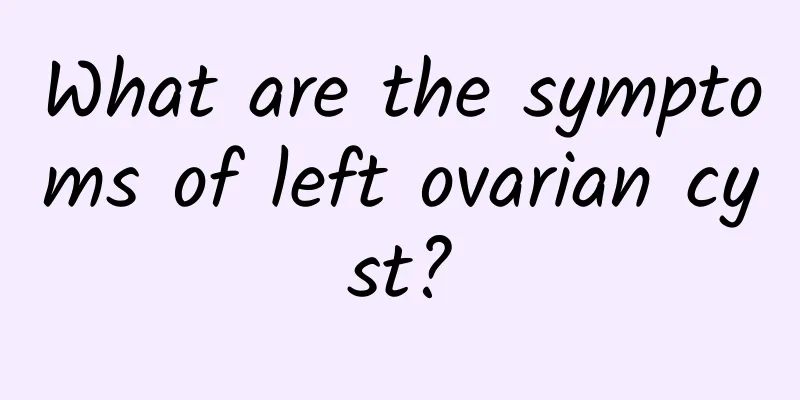
|
Symptoms of a left ovarian cyst may include lower abdominal pain, irregular menstruation, frequent urination, or constipation, depending on the type and size of the cyst. Treatment options include observation, medication, and surgical intervention. 1. Lower abdominal pain is one of the common symptoms of left ovarian cysts. The enlargement of the cyst may compress the surrounding tissues, causing persistent or intermittent pain. The pain may be concentrated in the left lower abdomen, or it may radiate to the waist or thigh. If the pain suddenly intensifies, it may indicate that the cyst has ruptured or twisted, and you need to see a doctor immediately. 2. Irregular menstruation is also a common manifestation of left ovarian cysts. Cysts may affect the secretion of ovarian hormones, leading to irregular menstrual cycles, increased or decreased menstrual flow. Some patients may experience prolonged menstruation or amenorrhea. This condition may be related to functional cysts such as corpus luteum cysts, which usually resolve on their own within a few months. 3. Frequent urination or constipation may be related to cyst compression of the bladder or intestines. Larger cysts may occupy pelvic space, resulting in reduced bladder capacity or restricted intestinal motility. Patients may experience frequent urination, difficulty in defecation, or abdominal distension. These symptoms usually worsen with the enlargement of the cyst and require imaging examinations to confirm the diagnosis. Treatment methods include observation, drug therapy, and surgical intervention. For cysts with no symptoms or mild symptoms, doctors may recommend regular ultrasound examinations to observe changes in the cysts. Oral contraceptives are commonly used in drug treatment to regulate hormone levels and inhibit cyst growth. Traditional Chinese medicine conditioning such as Guizhi Fuling Pills and Xiaoyao Pills can also be used as auxiliary treatment. Surgical treatment is suitable for cases where the cysts are large, the symptoms are obvious, or malignancy is suspected. Common surgical methods include laparoscopic cyst removal, oophorectomy, etc. The symptoms of left ovarian cysts vary, and treatment options need to be selected based on specific circumstances. Regular physical examinations and timely medical treatment are the key to prevention and early detection. |
<<: Irregular menstruation and excessive vaginal discharge
>>: There are several types of abnormal leucorrhea
Recommend
Sea salt hot compress therapy is effective in treating adnexitis
Traditional Chinese medicine treatment of adnexit...
Experts explain sports therapy for treating dysmenorrhea
Physical therapy is a common method for treating ...
Does pelvic effusion affect pregnancy?
Does pelvic effusion affect pregnancy? This quest...
How to treat uterine fibroids after pregnancy? Symptoms of uterine fibroids after pregnancy
If you have uterine fibroids after pregnancy, fem...
What should I do if I have Bartholinitis in my second month of pregnancy?
What should I do if I have Bartholinitis two mont...
Taking good methods can better treat acute adnexitis
According to medical surveys, more and more women...
What are the reactions of women taking abortion drugs? Women taking abortion drugs will have these reactions
Medical abortion is the most common method of abo...
Specific clinical causes of cervical erosion
The cause of cervical erosion is very important. ...
Get rid of bad cholesterol! Nutritionists teach you how to eat the right oils to protect your heart
Eating the wrong food is very sad! Modern people ...
2 sets of movements before bed! Quickly slim down your belly and legs
For many people, a protruding belly and firm calv...
How do women distinguish between cervical erosion and cervicitis? Tips for early medication treatment of cervical erosion in women
Cervical erosion is a common gynecological diseas...
Convert fat into muscle and exercise first to improve basal metabolism
"I control my diet and even have an exercise...
Is it dangerous to have a painless abortion for a scarred uterus? Can I still get pregnant?
There are certain risks in painless abortion for ...
What should you eat after miscarriage?
How should we eat after miscarriage? Miscarriage ...
What are the symptoms of female cervicitis? Revealing several symptoms of female cervicitis
Experts point out that cervical erosion is not tr...

